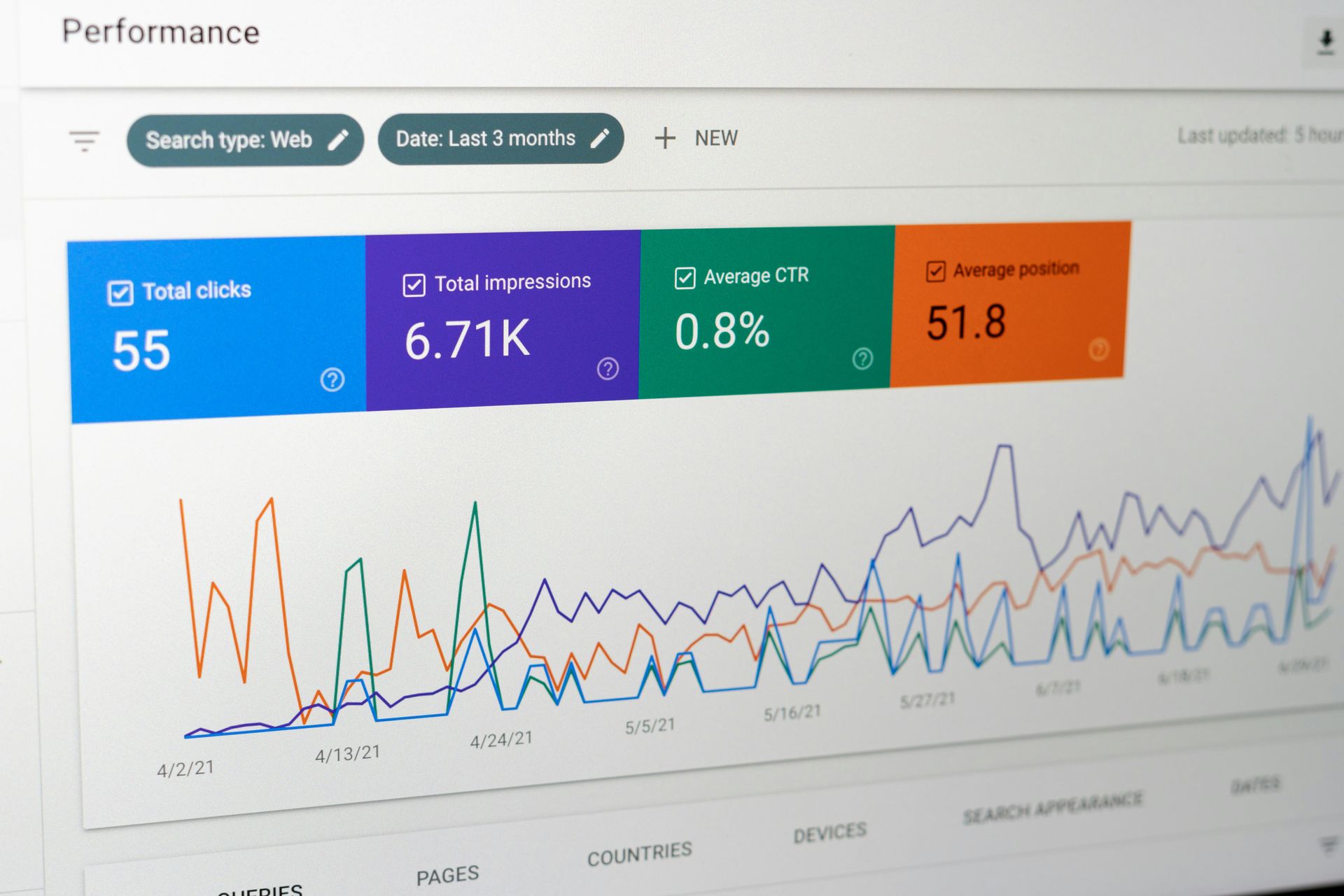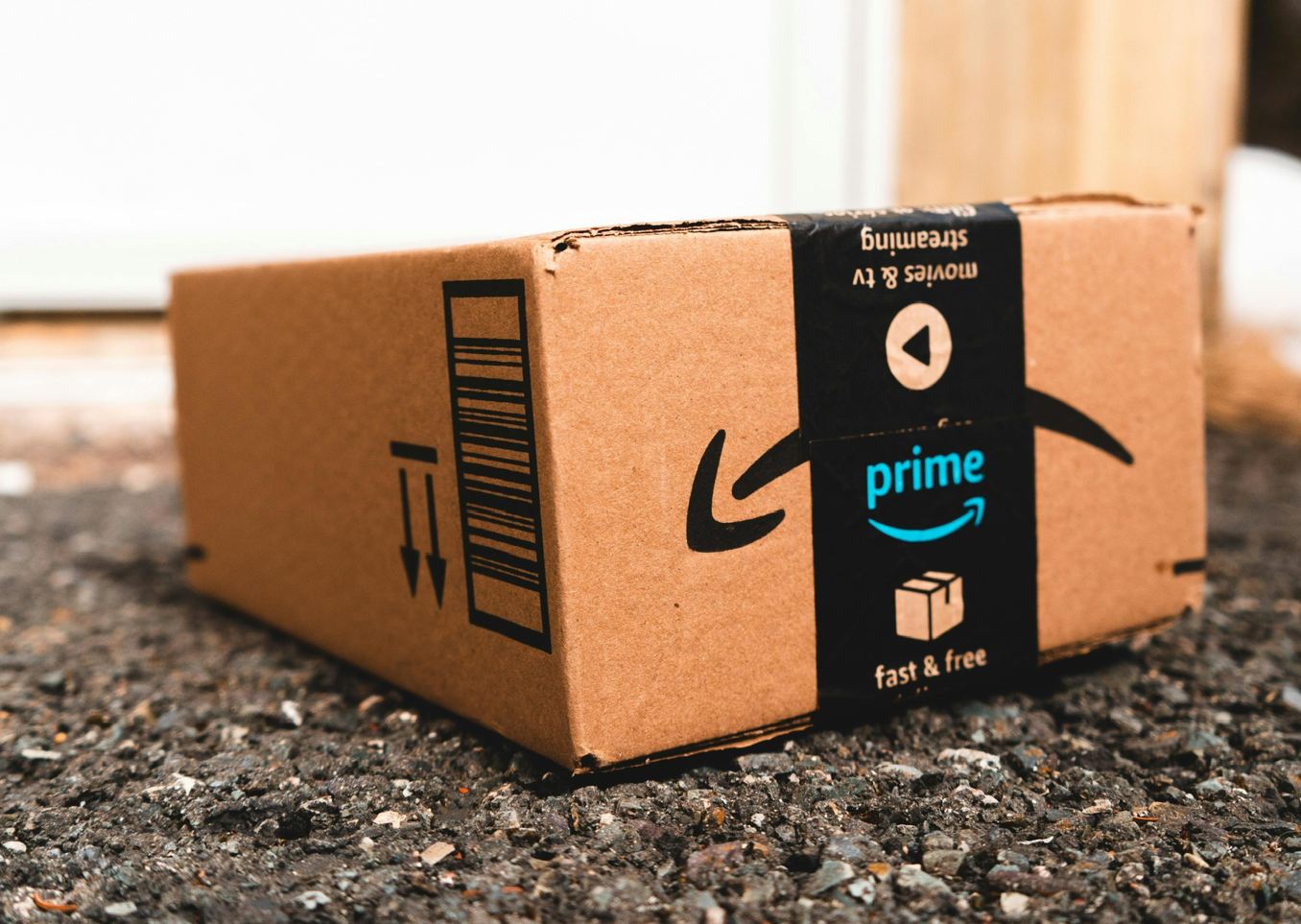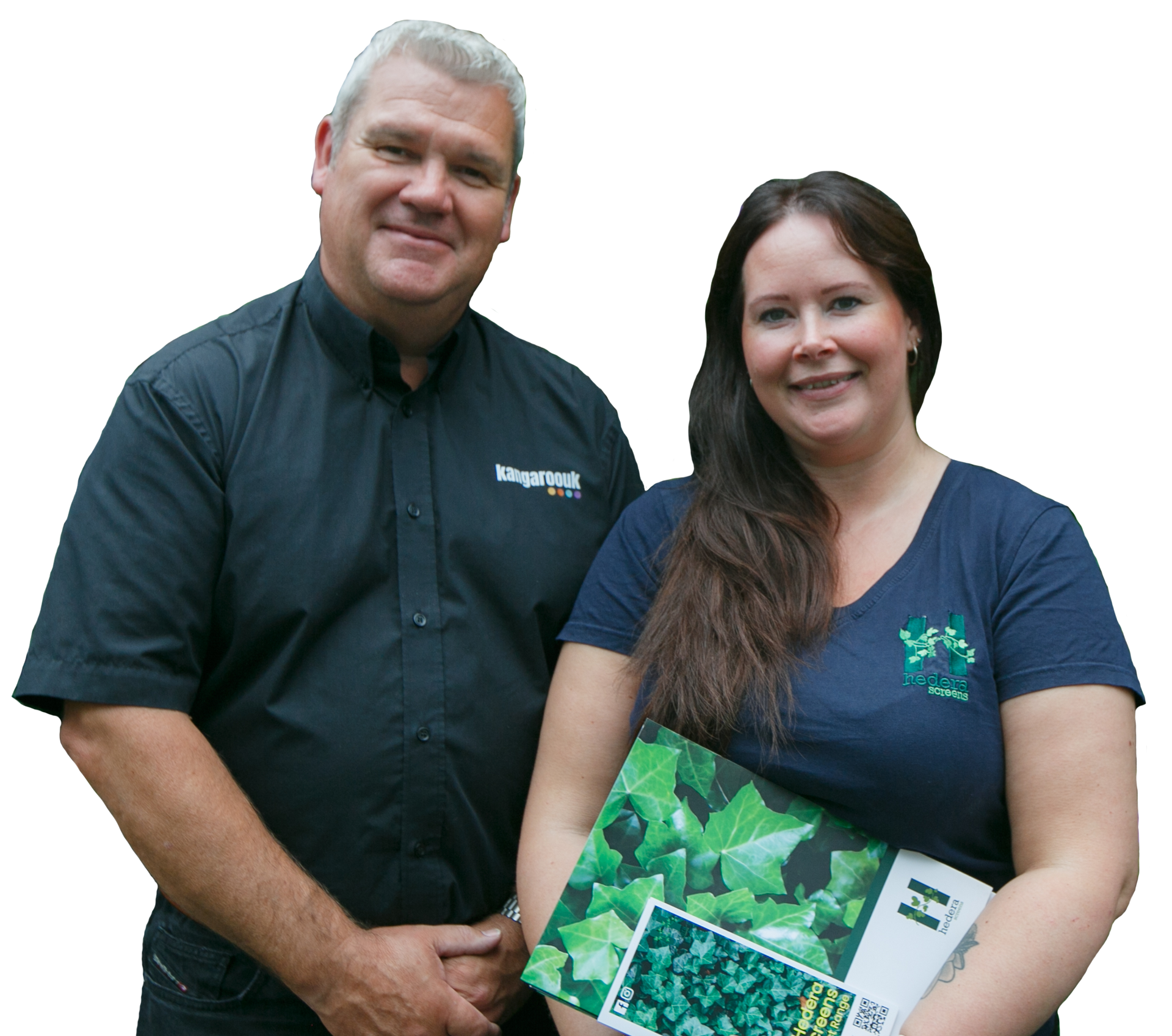10 Branding Tips For Small Ecommerce Businesses
Branding Tips
If you're a small ecommerce business owner, you know that it can be difficult to compete with larger businesses. Small businesses are the lifeblood of every country's economy as they create jobs, supporting the online economy by driving innovation. Yet, they often receive less attention than large businesses.
That's why small e-commerce business owners need to focus on branding – creating a strong, recognisable identity that will help them stand out from the competition. A strong brand is crucial to the success of any business, regardless of its size. Creating and maintaining a successful branding strategy can be tricky, though, especially for small sellers on a tight budget.
Here are ten tips to help you create a powerful brand that will resonate with your customers.
1. Define your values
One of the most important things for a small business is to define its value and then communicate that value to customers. If you can't articulate what makes your business unique and why customers should choose you over the competition, then you're going to have a tough time succeeding. Therefore, it is essential to understand what makes your company unique. What are your core values and principles? Defining these early on will help you stay true to your brand identity as you grow.
2. Start with a strong name
The first and most important step in branding your business is to create a name that's easy to remember and stands out from the competition. There are lots of factors to consider when choosing a name for your small business. You want something memorable, unique, and relevant to your industry or product. You also need to ensure the name is available as a domain name and is trademarked in your area. Once you've come up with a name, be sure to register it as a trademark to prevent others from using it. Keep it professional and easy to read while still making a statement.
3. Create a unique visual identity and style guide
Make sure it's professional and consistent with the overall look and feel of your website and marketing materials. Having a style guide can also help ensure that all company communications are consistent, making it easier for customers to remember who you are and what you stand for.
4. Establish a strong and recognisable brand identity
A strong and recognisable brand helps set your business apart from the competition and can attract new customers and keep them coming back. Your brand should be instantly recognisable to customers, so they know what they're getting when they purchase your product or service. Everything from your logo and website design to your marketing materials and social media presence should be aligned with your branding strategy.
5. Be authentic
For small businesses, authenticity is key. You need to be genuine with your customers and offer them products or services that are truly valuable. Don't try to be something you're not; customers can see through fake branding attempts and will be less likely to trust you in the future. Instead, focus on developing a unique voice and personality for your business that reflects who you are as a company.
6. Make sure your branding is relevant to your target audience
The first step in branding is to define your target audience. Who are you trying to reach with your products or services? Once you identify your target market, you can tailor your branding strategy to appeal to them. It's essential that your branding resonates with the needs and interests of the target audience; otherwise, they're unlikely to connect with it.
7. Make sure you have a well-optimised website
Many factors go into optimising a website, but some of the most important include optimising your site's title tags and meta descriptions, ensuring that your site is mobile-friendly, and publishing high-quality content.
8. Be frequently active on social media and keep your branding consistent across all platforms
Most small businesses have limited marketing budgets, so utilising social media to generate awareness and engagement is crucial. By being active on social media, you can reach a wider audience with your marketing messages without incurring significant costs. Potential customers are spending an increasing amount of time on social media platforms like Facebook, Twitter, and Instagram. If businesses want to reach these people, they need to be where their audiences are spending their time.
9. Make sure you have a clear CTA
Small businesses should include a clear and concise call to action (CTA) in their marketing materials. A CTA tells potential customers what you want them to do, such as "call us for a free consultation" or "visit our website to learn more." Having a strong CTA will help ensure that your small business can convert leads into clients.
10. Develop a tagline
If you are a small business owner who is feeling overwhelmed or unsure of where to start when it comes to branding, don’t worry. Our
Brand Identity Designer here at Kangaroo UK can take the pressure off and help your business grow in ways you never thought possible. Kangaroo UK has been helping businesses both small and large for more than a decade with brand design, and we have the expertise necessary to help your business succeed.
Kangaroo UK has years of experience helping businesses just like yours create an image that resonates with customers and drives sales. In addition to our comprehensive branding services, we also offer SEO and PPC consulting, as well as Amazon marketing expertise, ensuring that your business maximises its investment in us. Our team of experienced professionals will take care of everything for you, so you can focus on running your business.
Contact us today for a free consultation and let us show you how we can help your small business become a big success.










